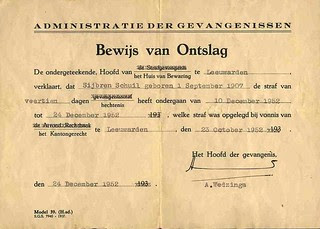
YM Raja Petra bin Raja Kamarudin (1950) is a Malaysian
blogger known for running the Malaysia Today website and publishing a series of
controversial commentaries and articles on Malaysian politics on the website.
He is sometimes referred to by the initials RPK.
He was detained for a second time under the Internal Security Acton 12 September 2008. On 7 November 2008, Raja, 58, was freed from detention after Shah Alam city High Court Justice Syed Ahmad Helmy Syed Ahmad granted his habeas corpus petition and ruled that his detention was illegal.

In May 2010 Cheras Umno Division chairman Datuk Syed Ali Alhabshee called on the government to strip Raja Petra of his citizenship on the grounds that his activities could affect the peace of the country.

He is currently residing in Manchester, England.

















































